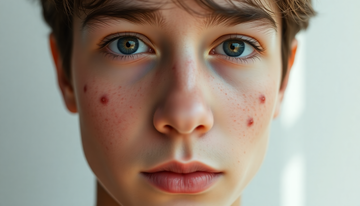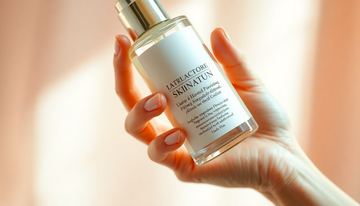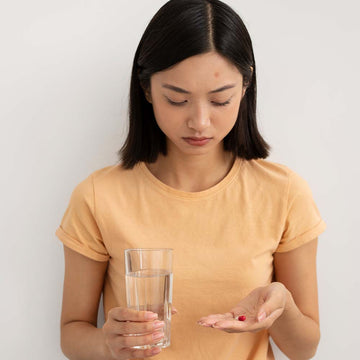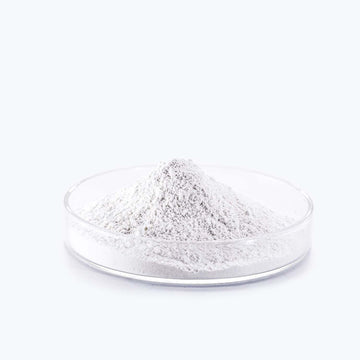Are you tired of battling persistent acne, unsure of how to effectively address the various types of blemishes that plague your skin? Look no further! In this comprehensive guide, we'll delve into the different forms of acne, explore the factors that contribute to their development, and equip you with the knowledge and tools to combat them effectively.
Understanding the Complexities of Acne
Acne is a common skin condition that affects individuals of all ages, from teenagers to adults. It is characterized by the appearance of various types of blemishes, ranging from whiteheads and blackheads to more severe nodules and cysts. While acne is often associated with adolescence, it can persist well into adulthood, causing frustration and self-consciousness for those affected.
The key to successfully managing acne lies in understanding the different types of blemishes and the underlying factors that contribute to their formation. By gaining a deeper understanding of the complexities of acne, you can develop a tailored approach to combat this skin condition and achieve clearer, healthier-looking skin.
Unraveling the Different Types of Acne
-
Whiteheads and Blackheads: Whiteheads and blackheads, also known as comedones, are the most common forms of acne. Whiteheads occur when a pore becomes clogged with oil and dead skin cells, while blackheads form when the clogged pore remains open, allowing the oil and debris to oxidize and turn black.
-
Papules and Pustules: Papules and pustules are inflamed, red, and tender blemishes that develop when the clogged pore becomes infected with bacteria. Papules are small, solid bumps, while pustules are filled with pus and have a white or yellow head.
-
Nodules and Cysts: Nodules and cysts are the most severe forms of acne. These deep, painful blemishes form when the clogged pore becomes deeply embedded in the skin, leading to a more severe inflammatory response. Nodules are hard, solid lumps, while cysts are fluid-filled, pus-filled sacs.
Understanding the different types of acne is crucial, as each form requires a tailored approach to treatment and management.
Factors Contributing to Acne Development
-
Hormonal Changes: Hormonal fluctuations, particularly during puberty, pregnancy, and menopause, can trigger an increase in oil production, leading to clogged pores and the development of acne.
-
Diet and Lifestyle: Certain dietary factors, such as high-glycemic foods and dairy products, have been linked to acne breakouts. Additionally, stress, lack of sleep, and poor hygiene can exacerbate acne.
-
Genetics: Acne can have a genetic component, with some individuals being more predisposed to developing the condition due to their genetic makeup.
-
Skincare Habits: Improper or excessive use of certain skincare products, such as harsh cleansers or heavy, occlusive moisturizers, can clog pores and contribute to acne formation.
Understanding these contributing factors can help you identify and address the root causes of your acne, paving the way for more effective and long-lasting solutions.
Combating Different Types of Acne
-
Over-the-Counter Treatments: For mild to moderate acne, over-the-counter products containing active ingredients like salicylic acid, benzoyl peroxide, or retinoids can be effective in reducing inflammation and unclogging pores.
-
Prescription Medications: For more severe or persistent acne, prescription medications such as topical retinoids, antibiotics, or hormonal therapies may be necessary to achieve clearer skin.
-
Lifestyle Changes: Incorporating healthy habits, such as a balanced diet, regular exercise, and stress management techniques, can also play a significant role in managing acne.
-
Acne-X Topical's 3-Step Solution: If you're looking for a clinically proven, comprehensive approach to combat acne, consider trying Acne-X Topical's 3-step solution. This system targets all the key factors that contribute to acne, including excess oil production, bacterial overgrowth, and inflammation, to provide a holistic solution for clearer, healthier-looking skin.
Tips for Managing Acne-Prone and Sensitive Skin
Individuals with acne-prone or sensitive skin may require additional care and consideration when it comes to their skincare routine. Here are some tips to help you navigate this challenge:
- Opt for gentle, non-comedogenic (non-pore-clogging) cleansers and moisturizers.
- Incorporate soothing, anti-inflammatory ingredients like green tea, aloe vera, or centella asiatica.
- Avoid harsh scrubbing or over-exfoliating, as this can further irritate the skin.
- Protect your skin from environmental stressors, such as UV exposure, by using a broad-spectrum sunscreen.
The Importance of Consistency in Acne Treatment
Achieving clear, blemish-free skin is a journey, and it's important to remember that consistency is key. Acne treatments, whether over-the-counter or prescription, often require several weeks or even months to show visible results. Stick with your chosen regimen, and be patient as your skin adapts and responds to the treatment.
Conclusion
Acne is a complex skin condition that can manifest in various forms, each requiring a tailored approach to treatment. By understanding the different types of acne and the factors that contribute to their development, you can take the necessary steps to combat this frustrating skin condition and achieve the clear, radiant complexion you desire.
Remember, the team at Acne-X Topical is here to support you on your journey to clearer skin. Try our 3-step solution today and experience the difference that a comprehensive, clinically proven approach can make in your fight against acne.




